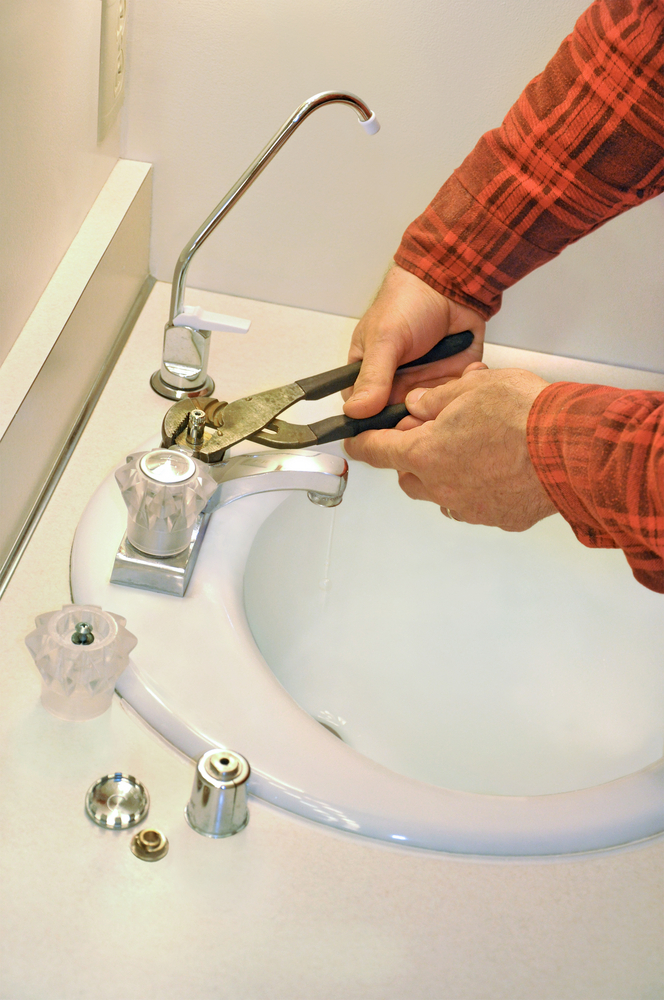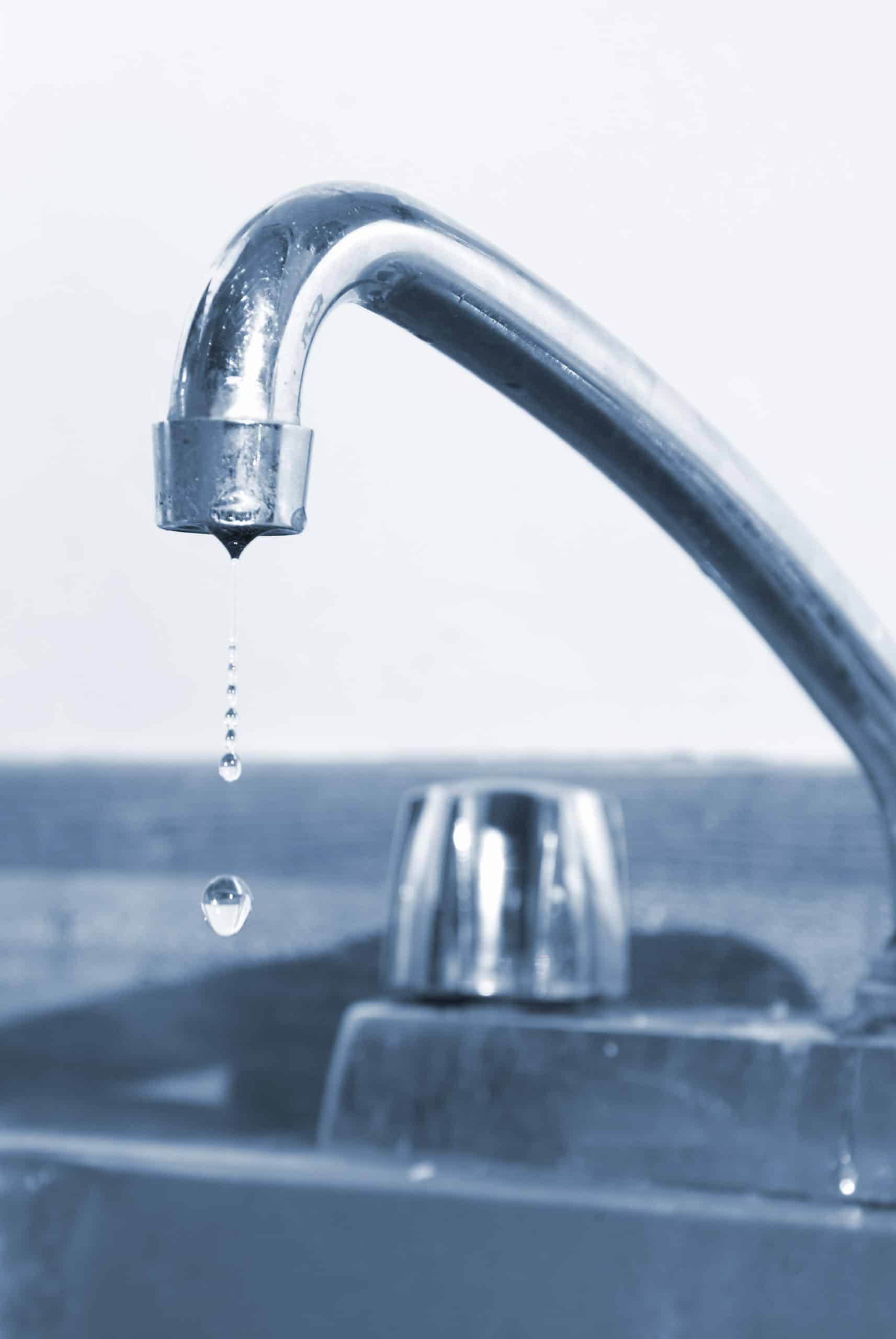The writer is making a few great pointers related to Leaky Faucets: Why They Happen & What to Do About Them in general in this content which follows.

Trickling faucets might appear like a minor inconvenience, however their influence goes beyond just the nuisance of the sound. From wasting water to incurring unneeded monetary prices and wellness threats, neglecting a trickling faucet can result in different repercussions. In this article, we'll explore why it's essential to address this typical family problem promptly and efficiently.
Wastage of Water
Ecological Influence
Dripping taps add considerably to water wastefulness. According to the Environmental Protection Agency (EPA), a solitary faucet trickling at one drip per secondly can lose greater than 3,000 gallons of water each year. This not only strains water sources however likewise affects communities and wild animals based on them.
Step-by-Step Overview to Dealing With a Dripping Tap
Tools Called for
Prior to attempting to repair a leaking faucet, collect the required tools, including a flexible wrench, screwdrivers, replacement components (such as washers or cartridges), and plumber's tape.
Typical Tap Issues and Their Solutions
Recognize the type of faucet and the particular concern causing the drip. Usual problems consist of damaged washers, corroded shutoff seats, or faulty O-rings. Refer to producer instructions or online tutorials for step-by-step advice on fixings.
Financial Expenses
Enhanced Water Costs
Past the ecological influence, leaking taps can pump up water costs substantially. The accumulated waste in time translates into higher energy costs, which might have been prevented with timely repairs.
Possible Building Damage
Moreover, long term dripping can cause damage to fixtures and surface areas bordering the tap. Water accumulation can trigger staining, rust, and also structural issues if left neglected, leading to added repair service costs.
Health Worries
Mold and Mold Growth
The consistent visibility of wetness from a trickling tap develops an optimal setting for mold and mildew development. These fungi not just compromise interior air high quality yet likewise position wellness risks, particularly for individuals with respiratory problems or allergies.
Waterborne Diseases
Stagnant water in leaking taps can become a breeding ground for germs and other microorganisms, boosting the risk of waterborne conditions. Impurities such as Legionella germs flourish in stagnant water, potentially resulting in major health problems when consumed or inhaled.
Do it yourself vs. Expert Repair
Pros and Cons of DIY Repair
While some may try to take care of a leaking tap themselves, do it yourself repairs feature their very own set of challenges. Without proper knowledge and devices, do it yourself attempts can worsen the problem or bring about insufficient repairs, lengthening the trouble.
Benefits of Working With a Specialist Plumber
Working with an expert plumber makes certain that the underlying root cause of the dripping faucet is resolved successfully. Plumbing professionals possess the competence and tools to identify and fix tap concerns effectively, saving time and minimizing the danger of more damage.
Environmental Duty
Individual Payment to Preservation
Taking duty for fixing dripping taps aligns with broader efforts towards water conservation and environmental sustainability. Every individual's actions collectively make a significant influence on protecting priceless sources.
Lasting Living Practices
By focusing on punctual fixings and adopting water-saving habits, individuals add to sustainable living methods that profit both present and future generations.
Preventive Measures
Regular Maintenance Tips
To prevent dripping faucets, perform regular maintenance such as cleansing aerators, evaluating for leaks, and replacing worn-out parts immediately. Furthermore, consider setting up water-saving devices or updating to more reliable components.
Relevance of Prompt Services
Dealing with dripping taps as quickly as they're noticed prevents further water wastefulness and possible damage, inevitably conserving both water and cash in the future.
Effect On Residential Or Commercial Property Worth
Understanding of Well-Maintained Residential Or Commercial Property
Maintaining a property in good condition, consisting of addressing maintenance issues like dripping taps, boosts its regarded worth and desirability amongst possible buyers or renters.
Influence on Resale Value
Residences with properly maintained plumbing fixtures, including faucets, command greater resale values in the realty market. Resolving trickling faucets can contribute to a positive impact during property inspections and settlements.
Final thought
Dealing with a trickling tap surpasses simple ease; it's an essential action toward saving water, decreasing financial prices, and protecting health and home. Whether with DIY repairs or professional aid, doing something about it to deal with dripping taps is a tiny yet impactful method to advertise liable stewardship of sources and add to a healthier, much more sustainable future.
How to Fix a Leaky Faucet: Step-by-Step Repair Guide
A leaky faucet may seem like a simple annoyance, but if it's not fixed promptly, that leak could cost hundreds to potentially thousands. From water damage to mold, mildew, and high water bills, even a tiny leak can be catastrophic if left unattended. Damage like this can even affect the overall value of your home, so it's important to take the right approach for leaky faucet repair. You may need the help of a plumber in some cases, but we've got a few tips you can try on how to fix a leaky faucet before calling the pros.
Four Faucet Types
When you're learning how to fix a leaky faucet, the first step is knowing what kind of faucet you're working with! There are four common types.
Cartridge Faucets
Cartridge faucets come in one- or two-handled varieties. In one-handled cartridge faucets, hot and cold water combines in a single cartridge. In the two-handled versions, hot and cold water are controlled separately and mixed in the faucet.
Ball Faucets
Ball faucets have a single lever you push up and down to adjust the pressure and rotate to change the temperature. A slotted metal ball controls the amount of water allowed into the spout.
Compression Washer Faucets
They're the oldest type of faucet, but they're still used in many homes — especially older ones. Compression faucets have two separate handles that, when turned, raise or lower the washer that seals a water valve. This valve stops water from flowing through the faucet when it is turned off.
Disc Faucets
Disc faucets rarely need to be repaired due to their maintenance-free design. The water flow is controlled by two discs — the upper one raises and lowers against a fixed lower disc, creating a watertight seal. If your disc faucet starts leaking, you may need to replace the seals or clean residue buildup from the inlets.
Fixing a Leaky Faucet
Step 1: Turn Off the Water
Whether you're learning how to fix a leaky bathtub faucet or how to fix a leaky kitchen faucet, always turn off the water supply to your working area when you're fixing a leak. The last thing you want is a flood added to your list of things to fix.
Look for the shutoff valves below your sink or around the tub and turn them clockwise to stop the water flow. If your faucet doesn't have shutoff valves, you may need to turn off the water for the whole house. Check to make sure it's off by turning the faucet on. If nothing comes out, you're ready to start the repair.
Step 2: Take Apart the Faucet
How you disassemble your faucet depends on the type of fixture you have. You can use a flathead screwdriver to remove the caps on top of the handle or handles for cartridge and compression faucets. Inside, you should see handle screws. Unscrew these with a screwdriver to remove the handle.
Disc- and ball-style faucets will typically have an inlet screw near the handle, and removing that will reveal the interior of the faucet.
Detach the Valve Stem
For cartridge- and compression-style faucets, you'll see the inner valve stem or cartridge once you remove the faucet handles. If you have a compression faucet, unscrew the brass valve stem. If you have a cartridge faucet, pull out the cartridge. If your cartridge has been in place for a while, it may require some tools or extra force to remove it due to mineral deposits.
Examine and Replace Parts
Once you've removed the parts, check them out to confirm what needs to be replaced. You may see corroded rubber washers, O-rings, stems, or cartridges. On a ball-style faucet, check the seats and springs for damage.
If you need to repair a leaky disc faucet, check the inlet and seals on the lower disc.
Once you determine what parts must be replaced, visit your local hardware store. Bring the damaged parts with you to ensure you can purchase the correct components to replace them.
Clean Valves and Faucet Cavity
If you've removed a stem or cartridge, you may notice mineral buildup in the faucet's threads. Use white vinegar to clean the valve seat by soaking it for a few minutes, then scrub it away with a soft toothbrush and rinse with warm water. You can also clean the interior of the faucet in the same way.
Reassemble the Faucet
Once your faucet is cleaned and the required parts have been replaced, it's time to reassemble it. Put the pieces back together and slowly turn the water supply back on. Doing this slowly is crucial because too much initial water pressure can damage the new hardware you've just installed.
https://homewarranty.firstam.com/blog/how-to-fix-leaky-faucet

We were shown that article on What Causes Leaky Faucets & How To Fix Them through someone on a different web property. Feel free to set aside a second to share this entry if you enjoyed reading it. I treasure your readership.